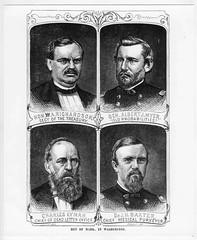With the level of communication, you couldn't tell we actually work on the same base, but I got my hands on a CFP from the WRAMC history office.
Call For Papers
Walter Reed Army Medical Center
Centennial Symposium 1909-2009
Date: April 29, 2009
Walter Reed Army Medical Center, Washington, D. C.
Theme: Walter Reed and A Hundred Years of Army Medical Care
Background: On May 1, 1909, medical officials transported patients from the old and condemned, Washington Barracks General Hospital to the newly constructed Walter Reed General Hospital, and thus began the legacy of this world recognized military medical institution.
Papers: Papers should focus on the significance of Maj. Walter Reed, the army physician, or Walter Reed Army Medical and its medical institutions and history.
Participants are to submit a prospectus that includes the title of the paper, thesis or theme, overview and a brief bibliography.
Prospectus: Due December 1, 2008
Send to:
Sherman Fleek
Command Historian
Walter Reed Army Medical Center
Office Public Affairs
6900 Georgia Ave. NW
Washington DC, 20307-5001
202.782.3329
Sherman.fleek@amedd.army.mil


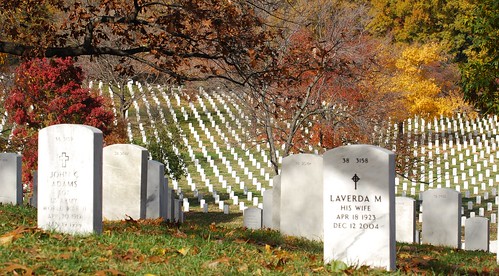 "
"
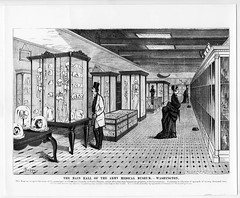
 "All that remains above ground of John Wilkes Booth..." - now that's a guidebook!
"All that remains above ground of John Wilkes Booth..." - now that's a guidebook!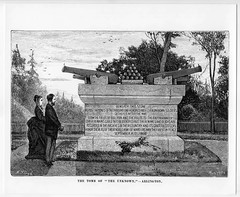
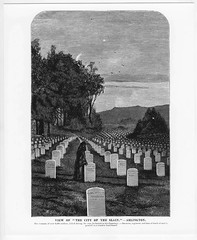 "The City of the Slain"! Talk about accurate!
"The City of the Slain"! Talk about accurate!